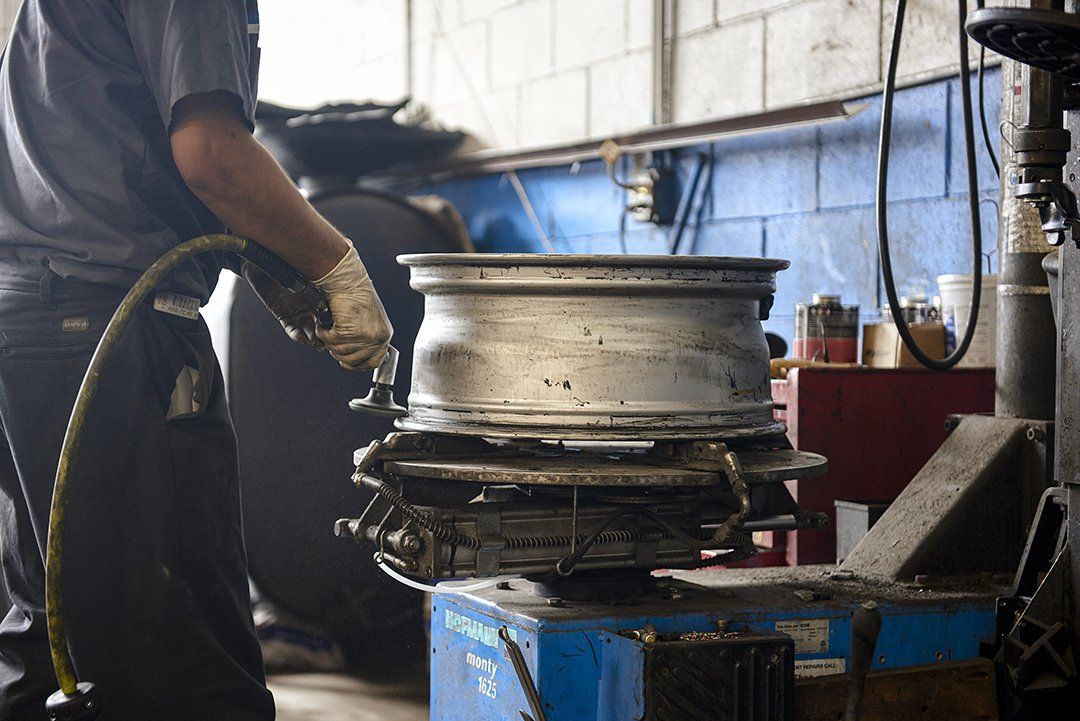Table of Contents
Trusted Auto Repair in Logan Square
At Logan Square Auto Repair, we provide top-quality auto repair and maintenance services for car owners in Logan Square, Chicago. Our team of certified technicians ensures that your vehicle is serviced with expertise.
Our Services

We offer a wide range of auto repair services, including:
- General Auto Repair
- Maintenance Services
- Brake Repair
- Oil Changes
- Suspension and Steering
- Tire Services and Repair
What Sets Us Apart
- Certified Technicians: Trust our AAA-approved team for expert repairs.
- Affordable Prices: Get high-quality services at competitive rates.
- Customer Care: We value your satisfaction and safety.
Auto Repair Coupons

Take advantage of our special offers to save on essential services.
Visit Our Shop
Ready to keep your vehicle in peak condition? Book your appointment through our online scheduling tool. For directions, visit our contact page.
At Logan Square Auto Repair, your vehicle's health is our top priority!
Navigation
Home
Latest Posts
The Jake Sweeney Mazda Certified Advantage
Published May 29, 25
1 min read
Discover the Strong New Mazda CX-50
Published May 24, 25
1 min read
Unlock Exclusive Savings with the Mitsubishi VIP Program
Published May 23, 25
1 min read